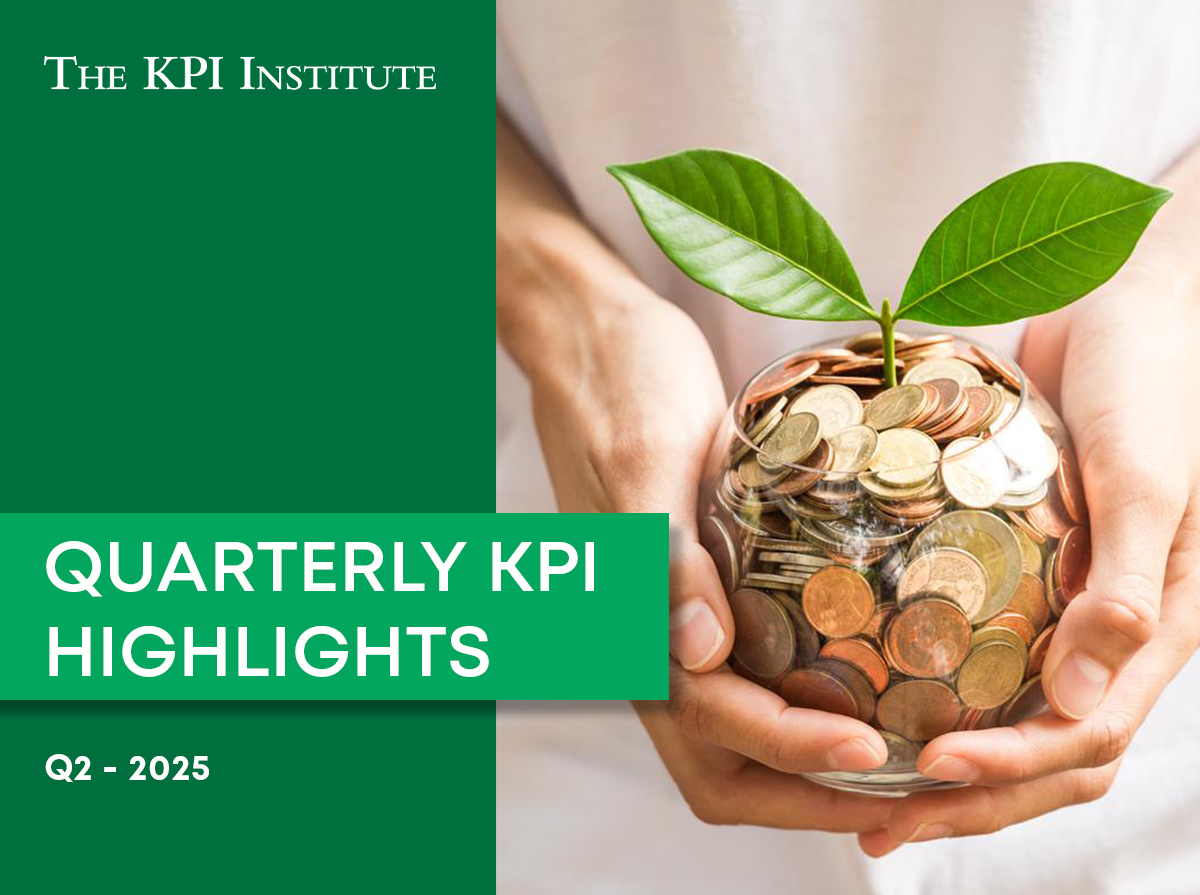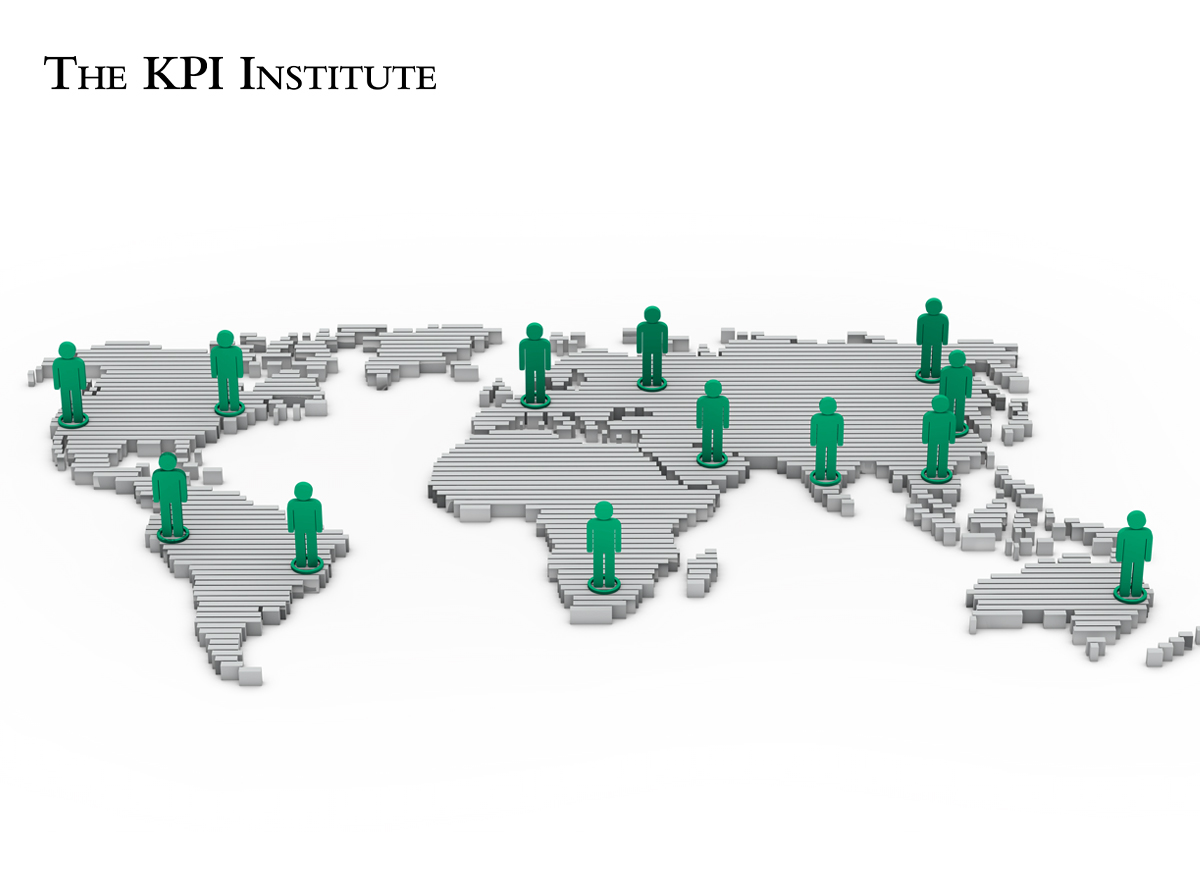Key Drivers for Strategic Planning in a Post-pandemic Business Environment [Excerpt]

Editor’s Note: Below is an excerpt from the article “Key Drivers for Strategic Planning in a Post-pandemic Business Environment,” written by Daniela Vuta and published in the latest edition of Performance Magazine. It presents trends, solutions, and best practices for strategy and performance management through in-depth articles, first-hand how-to’s, concept presentations, case studies, and expert insights.
The business landscape has always been complex and dynamic. Organizations use strategic frameworks and business models validated through practice to cope with an ever-changing environment. But this was exacerbated by the COVID-19 pandemic, which led to radical and disruptive changes across industries.
The European Business Review identified six essential forces driving change into the world of business: impactful technology, demographic change, rapid urbanization, amplified individuals, economic power shifts to climate, and resource security.
“For years, we have been hearing and talking about the impending VUCA (volatility, uncertainty, complexity, and ambiguity) world,” wrote Quy Huy, INSEAD Professor of Strategic Management, in an article for INSEAD Knowledge. “Over and over again, we were told to prepare for the seismic change that was sure to arrive, to boost agility in anticipation of abrupt, profound disruption.”
“COVID-19 was a misfortune long foreseen; only the dates and other specific details were missing. Now that the whole world has experienced the VUCA that only emerging markets used to face, it can never again be treated as an abstraction,” Huy added.
Many organizations are still relying on the five-year plan as a strategic framework, but this type of planning, while proven to be useful in the past, may not be feasible today. It puts business leaders in a reactive mode when responding to business events. Given these conditions, what are the key drivers that executives will need to consider in strategic planning for the years to come?
According to Euromonitor’s Voice of the Industry: Lifestyles Survey 2020, corporate strategy planning and recovery should rely on three main pillars: consumer, digital investment, and sustainability. Findings from the study showed that the most common strategic objectives for 2021 among the interviewed companies were focused on recovery and growth, brand image, technology investment, and organizational structure redesign, mostly by transforming operations for greater agility and flexibility.
The capacity to identify drivers that might compromise the organization’s long-term profitability or determine strategic success in the future is going to be critical. For decision-makers, this will imply both questioning long-standing assumptions and future visions in a systematic way. Nonetheless, making predictions for an uncertain future and integrating them into strategic decisions is not an easy endeavor.
Want to understand the importance of prediction, adaptability, and resilience; digitalization; and agile integration to businesses in the post-pandemic world? Read the rest of the article in the latest edition of Performance Magazine Download your FREE COPY now!







